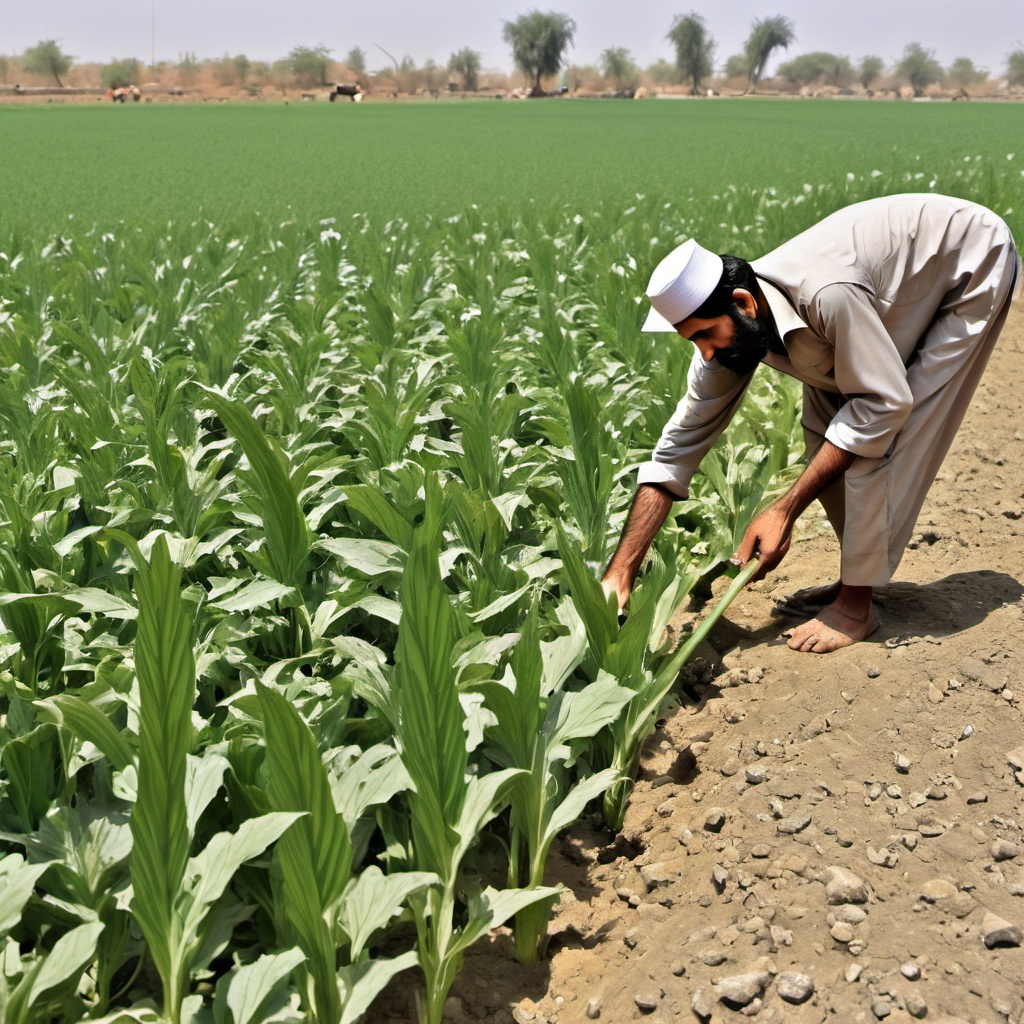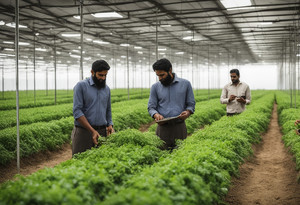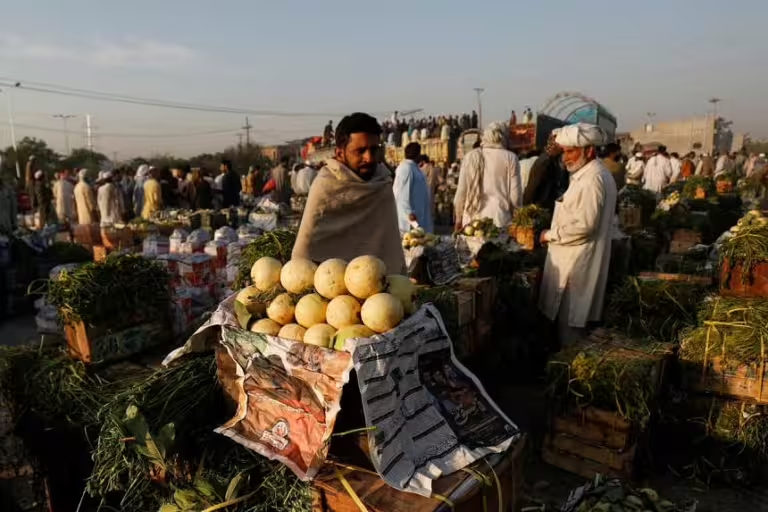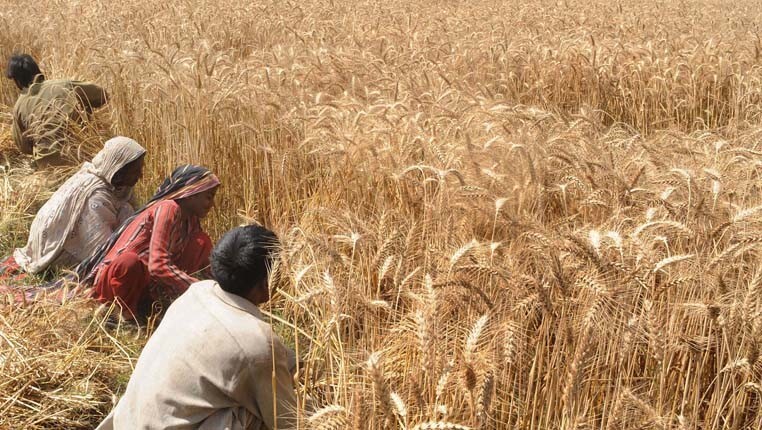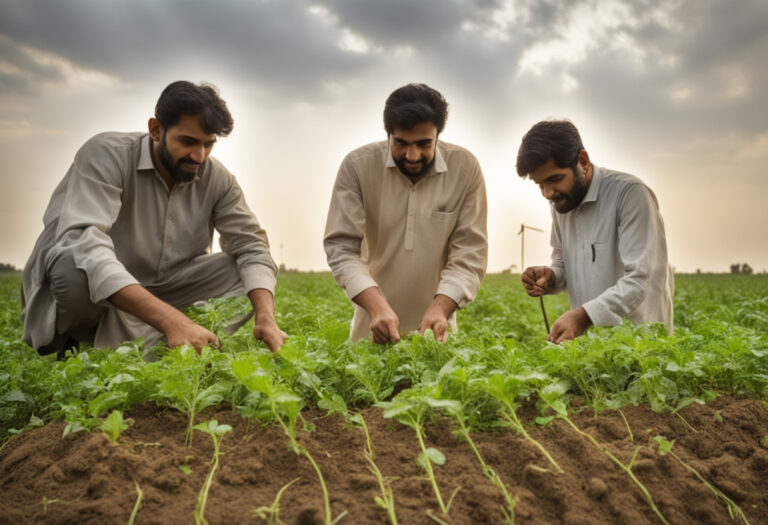Impacts of Government of Pakistan Policies on Agriculture.
Agriculture has historically been the backbone of Pakistan’s economy, contributing significantly to GDP, employment, and exports. With nearly 60% of the population dependent on agriculture, government policies play a crucial role in shaping the sector’s growth, sustainability, and productivity. Over the years, various policies have been introduced to address challenges and capitalize on the sector’s potential. The impact of these policies has been mixed, with both positive and negative outcomes.
Water Management and Irrigation Policies
Pakistan is a water-scarce country, and water management remains a critical issue for agriculture. Government policies aimed at improving irrigation systems, like the construction of dams (e.g., Tarbela, Mangla, and recently Mohmand and Diamer-Bhasha) have significantly impacted the availability of water for agricultural purposes. These policies have facilitated the irrigation of vast tracts of land, especially in Punjab and Sindh, which are the agricultural heartlands of the country.
However, water mismanagement, inefficient irrigation methods, and a lack of modern infrastructure have restricted the full potential of these initiatives. Despite government efforts to encourage drip irrigation and other water-saving techniques, traditional flood irrigation methods continue to dominate, leading to water wastage and lower productivity. Policies that promote efficient water usage, like the National Water Policy (2018), are steps in the right direction but require stronger implementation.
Subsidies and Support Pricing
The government of Pakistan has consistently implemented support price policies for staple crops like wheat, rice, and sugarcane. These price guarantees aim to stabilize farmer incomes, protect them from market volatility, and ensure food security. The minimum support price for wheat, for example, has helped Pakistan become self-sufficient in the crop.
However, these policies have also created inefficiencies. The focus on a few staple crops has discouraged diversification into high-value crops like fruits and vegetables, which have the potential for export growth. Additionally, government subsidies on fertilizers and energy (electricity for tube wells) have benefited farmers, but they also strain public finances and are not always targeted at the most vulnerable small-scale farmers.
Land Reforms and Ownership Rights
Land ownership remains a critical issue in Pakistan’s agriculture sector. The government has implemented land reform policies, especially during the 1950s and 1970s, aimed at redistributing land to poor farmers and addressing rural inequality. However, these policies have largely failed to make a significant impact due to strong political resistance from landowning elites and the absence of proper enforcement mechanisms.
More recently, government initiatives to digitize land records, such as the Punjab Land Records Management & Information System, have improved transparency and reduced disputes over land ownership. This is a positive development, but comprehensive land reforms that address the unequal distribution of land are still lacking.
Technological Advancements and Modernization
In recent years, the Pakistani government has increasingly focused on modernizing agriculture through the introduction of technology. Programs like the Prime Minister’s Agriculture Emergency Program and the Agricultural Transformation Plan aim to boost productivity by promoting the use of modern machinery, quality seeds, and precision farming techniques. The government has also partnered with international organizations to promote research and development in crop science.
While these efforts are commendable, the adoption of modern technology has been slow, particularly among small-scale farmers. High costs, lack of education, and limited access to credit have hindered progress. More comprehensive policies, including affordable financing options and farmer training programs, are needed to accelerate technological adoption in the sector.
Challenges and the Way Forward
Despite the various government interventions, the agriculture sector in Pakistan faces significant challenges, including climate change, low productivity, and a lack of infrastructure. Government policies often suffer from poor implementation, bureaucratic delays, and corruption, which reduce their overall effectiveness.
Moving forward, policies must focus on improving rural infrastructure, enhancing access to markets, and promoting crop diversification. Climate-smart agriculture practices should be prioritized to combat the adverse effects of climate change, and a more targeted approach to subsidies is required to ensure that small farmers benefit.
In conclusion, while Pakistan’s government policies have made some strides in boosting agriculture, they need to be more coherent, targeted, and inclusive to achieve long-term sustainability and productivity. Addressing these challenges will require political will, structural reforms, and strong partnerships between the public and private sectors.

